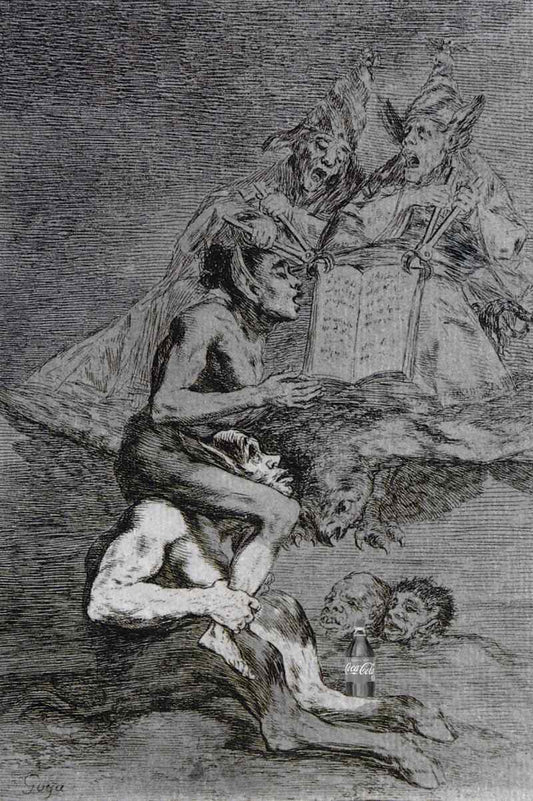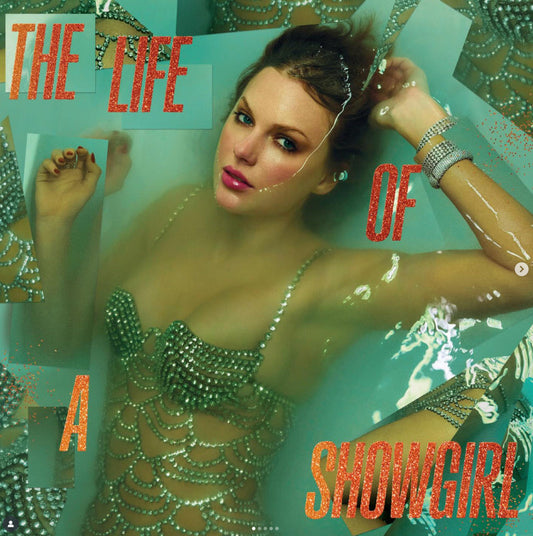World Photography Day, Ophelia, and the Importance of a Singular Print
19 August 1839 is often called photography’s birth certificate, the day François Arago publicly disclosed Louis Daguerre’s process to the academies in Paris and the French state published the working details for general use.¹ The announcement turned laboratory curiosity into a medium for science, commerce, and art within weeks it was being practiced internationally.²
Nearly two centuries on, the question is not how to make more images, but how to make them matter in an age of endless reproductions and doom swiping.
My own answer is slowness and material truth: analogue film plates of scenes created underwater, created in-camera, without retouching. Working with the liquid mechanics of surface tension by using refraction, the water’s skin becomes both lens and brushstroke. Each 6×6 cm, 5×4 in, or 8×10 in plate yields a single, unrepeatable print. Since 2013, I have released only unique works without no editions, documented with process notes, handmade custom lighting made from recycled aluminium, studio records, and NFC authentication for provenance. Conceived for enduring relevance, to be engaged with, archived and passed through generations of critical and custodial care.
“A hymn to a natural world under threat, set within charged architectural memory.”
— Prof. Javier Poyatos Sebastián, on Renaciendo
Painting with water, not software
Underwater photography isn’t new, but most of its aesthetics are defined by placing the camera itself underwater, whilst I have many years of working in this way, in 1995 I began to use the optics created by the surface tension that shapes the water’s skin; refraction & light caustics bend light at the boundary, drawing the soft aureoles you see around faces and hands.³ These are not post-production effects but physical events, choreographed in real time.
Figure 1 — Witness (2025)
Figure 2 — Ophelia: Turned from Heaven’s Doors (detail & study)

Further chapters in my process such as of Renaciendo inhabit charged architecture: first the reopening of the long-closed Convento de los Carmelitas in Budia; now the Castillo de la Piedra Bermeja (foundations 10th–11th c.) in Brihuega. Place is not a backdrop but a co-author as visitors ascend through the cemetery, a ritual passage from memento mori to renewal, before entering the images.
Ophelia resurfaces (again)
Victorian iconography has a long half-life in popular culture. John Everett Millais’s Ophelia (1851–52) the floating figure from Hamlet set the template for buoyant grief.⁴ ⁵ Today, that image re-entered pop through Taylor Swift’s album campaign for The Life of a Showgirl, photographed by *Mert Alas & Marcus Piggott: glittering costume, body submerged, the water’s surface torn with highlights.⁶
Reference — Millais, Ophelia (Tate collection) → read/object page.⁴
Reference — Swift: The Life of a Showgirl cover (press reporting & credits) → InStyle overview.⁶
My Witness speaks to that lineage. It is not a simulation of painting but a choreography of light: surface tension as brush; refraction as line; breath as tempo. Where Millais’s Ophelia drifts toward extinction, the underwater body here refuses passivity a reason for attention within a distracted culture.
Why this matters
For photographers
Craft as thesis: The medium’s future isn’t only computational; it is also material. Underwater work offers a living laboratory for optics (tension, refraction) and for embodied choreography.
Provenance & uniqueness: Unique archival prints (with process, lighting diagrams, site notes, and NFC authentication) create an evidential chain collectors and museums can trust.
For curators
Site specificity: Installations in historically charged spaces transform the reading of the works. Consider pairing the work with architectural interpretation, local liturgy, or ecological programming.
Program fit: The Ophelia lineage enables bridging shows Victorian modernity contemporary image-making; grief, rituals and environmental ethics.
For collectors
Acquisition logic: Unique archival prints with comprehensive documentation and clear chain of custody behave closer to a painting ensuring conservation notes (paper type, chemistry, recommended framing & display lux/hours) accompany each major acquisition.
For galleries
Positioning: Frame the work inside the longer conversation from daguerreotype to digital—World Photography Day provides an annual hook. Educational content (process films, lighting artefacts, annotated contact sheets) that deepen engagement.
Notes on World Photography Day…
What it marks: The public release of the daguerreotype’s working method on 19 August 1839 at a joint session of the Académie des Sciences and Académie des Beaux-Arts in Paris.¹ ² ⁷
Why it matters: The state’s decision to publish the process accelerated global uptake—what some writers have called photography’s first “open-source” moment.⁸
Footnotes, citations & sources….
- daguerreotype; details of the 19 Aug 1839 publication Encyclopedia Britannica
- The Historic New Orleans Collection 19 Aug 1839. Hnoc
- Introductory physics of surface tension / refraction in photography DIY PhotographyIX Power Clean Water
- Tate collection entry: Millais, Ophelia (1851–52). tate.org.uk
- Tate “Story of Ophelia” (context, model Elizabeth Siddall). tate.org.uk
- InStyle report on Taylor Swift (photography by Mert Alas & Marcus Piggott). InStyle
- Science History Institute, “Silver and Sunlight”—the 19 Aug 1839 joint session. Science History Institute
- Wired, “Aug. 19, 1839: Photography Goes Open Source.” WIRED
- Met Museum essay on Daguerre and the 19 Aug session. The Metropolitan Museum of Ar
- Britannica, “History of Photography — Daguerreotype” (publication details and context). Encyclopedia Britannica
- Science History Institute, Silver and Sunlight (eyewitness tone on the joint session). Science History Institute
- People / TIME / iHeart reporting on Swift’s album announcement People.comTIMEiHeart
Captions & credits...
Fig. 1 — Witness (2012). © Alexander James Hamilton / Distil Ennui Studio™.
Fig. 2 — Ophelia: Turned from Heaven’s Doors (2012). © Alexander James Hamilton / Distil Ennui Studio™.
Reference — John Everett Millais, Ophelia (1851–52), oil on canvas, Tate Britain, London.⁴
Reference — Taylor Swift, The Life of a Showgirl (2025), cover art by Mert Alas & Marcus Piggott.⁶




